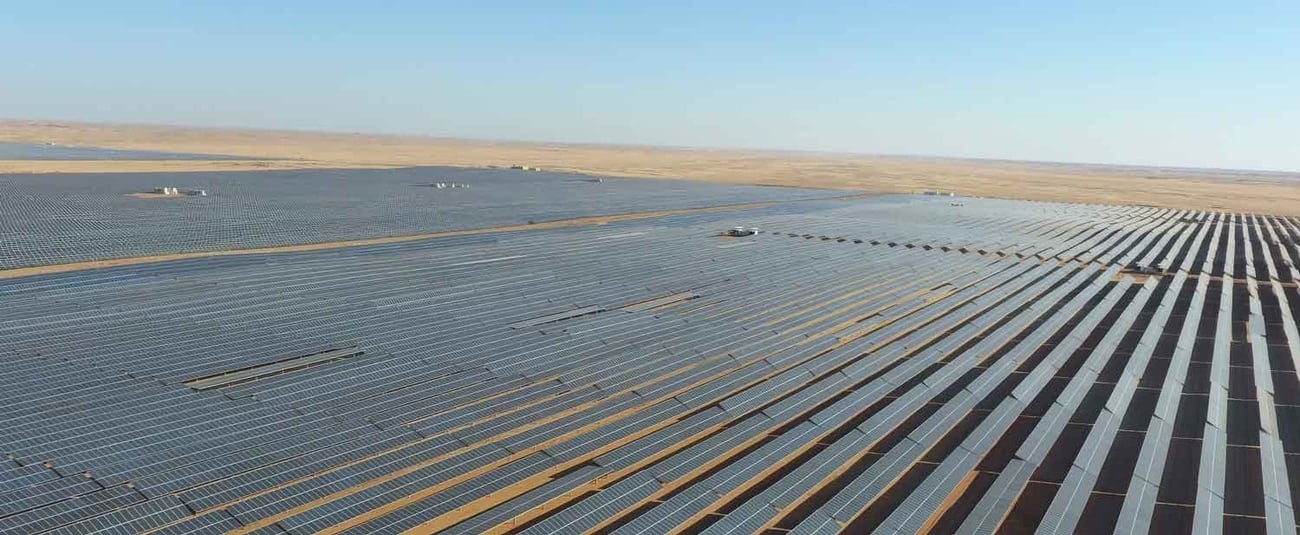In a continent where darkness persists for millions, the inaugural Africa Heads of State Energy Summit in Dar es Salaam, Tanzania, is poised to ignite hope. The summit will launch ‘Mission 300’ (M300), an ambitious initiative aiming to connect 300 million Africans to electricity by 2030. This unprecedented collaboration between the African Development Bank, the World Bank Group, and other global partners seeks to bridge Africa’s vast power divide through technology and innovative financing.
The January 27-28 summit will gather heads of state and government, alongside 1,500 participants, including strong private sector representation. Their goal is to chart a course toward universal access to affordable, reliable, and sustainable energy by 2030. This initiative is crucial, as nearly 600 million Africans, representing 83 percent of the world’s energy-deprived population, lack electricity access.
“No economy can grow, industrialize, or be competitive in the dark,” stated African Development Bank Group President Dr. Akinwumi Adesina. “This partnership is a game changer for Africa’s development.” Launched at the World Bank/IMF Spring Meetings 2024, Mission 300 has the backing of the G7 and G20.
The summit is expected to produce two key outcomes: the Dar es Salaam Energy Declaration, outlining commitments and reforms from African governments, and the first set of National Energy Compacts, serving as country-specific transformation blueprints. Twelve countries will present their compacts in the first phase: Chad, Côte d’Ivoire, the Democratic Republic of the Congo, Liberia, Madagascar, Malawi, Mauritania, Niger, Nigeria, Senegal, Tanzania, and Zambia. These nations represent over half of the global population lacking electricity access and a quarter of those without clean cooking solutions. Other African countries will develop their compacts in later phases.
The summit will also showcase energy sector successes, establish a stakeholder alliance to accelerate infrastructure investment, and strengthen regional power planning, market trade, and policy frameworks. These efforts will support the Continental Master Plan and the African Single Electricity Market. World Bank Group President Ajay Banga emphasized a three-pronged approach: “We need action from governments, financing from multilateral development banks, and investment from the private sector.”
The Global Energy Alliance for People and Planet and The Rockefeller Foundation have already committed $10 million for technical assistance across 11 African nations, from Nigeria to Madagascar, while supporting initiatives within COMESA, Africa’s largest regional economic community.
The African Development Bank Group brings significant experience to M300. Its current portfolio and pipeline of energy projects are projected to deliver access to 43 million connections, which will increase to 50 million under Mission 300 and the Bank’s new Ten-Year Strategy. This complements the World Bank’s pledge of 250 million connections by 2030.
The Bank’s track record includes projects like Kenya’s Lake Turkana Wind Power Project, adding 310 megawatts to the country’s capacity, and the Desert to Power (D2P) initiative, aiming to transform the Sahel region into a solar energy powerhouse connecting 250 million people. Recent D2P successes include a $302.9 million loan for a solar plant and interconnection project between Mauritania and Mali, expected to benefit 100,000 households. The Bank has also supported green mini-grid projects through its Sustainable Energy Fund for Africa (SEFA).
Mission 300 represents more than infrastructure development. It offers the promise of transformation for millions of Africans who have never experienced reliable electricity. The leaders and changemakers gathering in Dar es Salaam will set the stage for Africa’s electrification revolution. The partnerships and commitments made will shape the continent’s journey toward universal energy access, transforming lives and driving sustainable development.
“The entire world will be watching us,” Adesina said.

